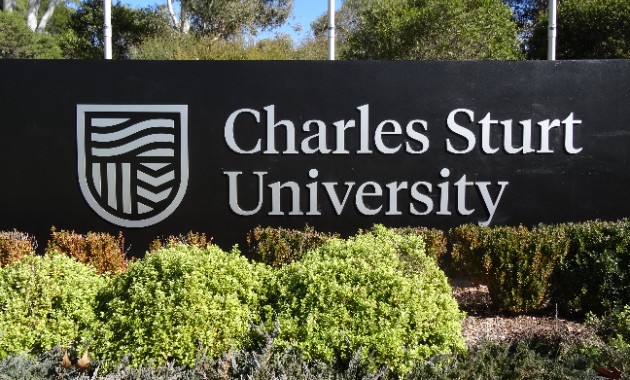AGL Infrastructure Management and Services, and consulting ecologists from The Farrer Centre, Charles Sturt University, have located and identified a population of the rare Green and Golden Bell Frog whilst carrying out an ecological assessment for the proposed Canberra pipeline extension project.
AGL Environment Project Officer, Ms. Meg Lawson said AGL's decision to undertake an independent ecological assessment as part of the Environmental Impact Statement for the Canberra extension project, was indicative of the company's environmental credentials and commitment to maintaining the local ecological balance.
"AGL is very excited to be part of the discovery and will be reviewing the proposed route of the pipeline to avoid the area. In addition, we will be implementing sound mitigation measures and using low impact construction techniques if there is a need to pass close to the habitat," said Ms Lawson.
Charles Sturt University Ecologist, Mr Bruce Mullins said, "Whilst discovering an endangered species in any area creates excitement, finding a mixed age population of Green and Golden Bell Frog on the Southern Tablelands is particularly significant. Recent literature on the species states that it had disappeared from the Southern Tablelands and is rarely found higher than 150 metres above sea level. The last known sighting in the area was in 1981. Rediscovering this species gives hope to wildlife managers that other remnant Green and Golden Bell Frog populations may exist in the tablelands and that the population found may be resistant to some of the diseases that have been attributed to their decline."
The proposed pipeline extension will provide the ACT community with an additional supply of natural gas by connecting the existing network to the Eastern Gas Pipeline at Hoskinstown. The 24 kilometre pipeline represents a $12 million investment in the region by AGL and secures the supply of natural gas for Canberra residents.





Social
Explore the world of social